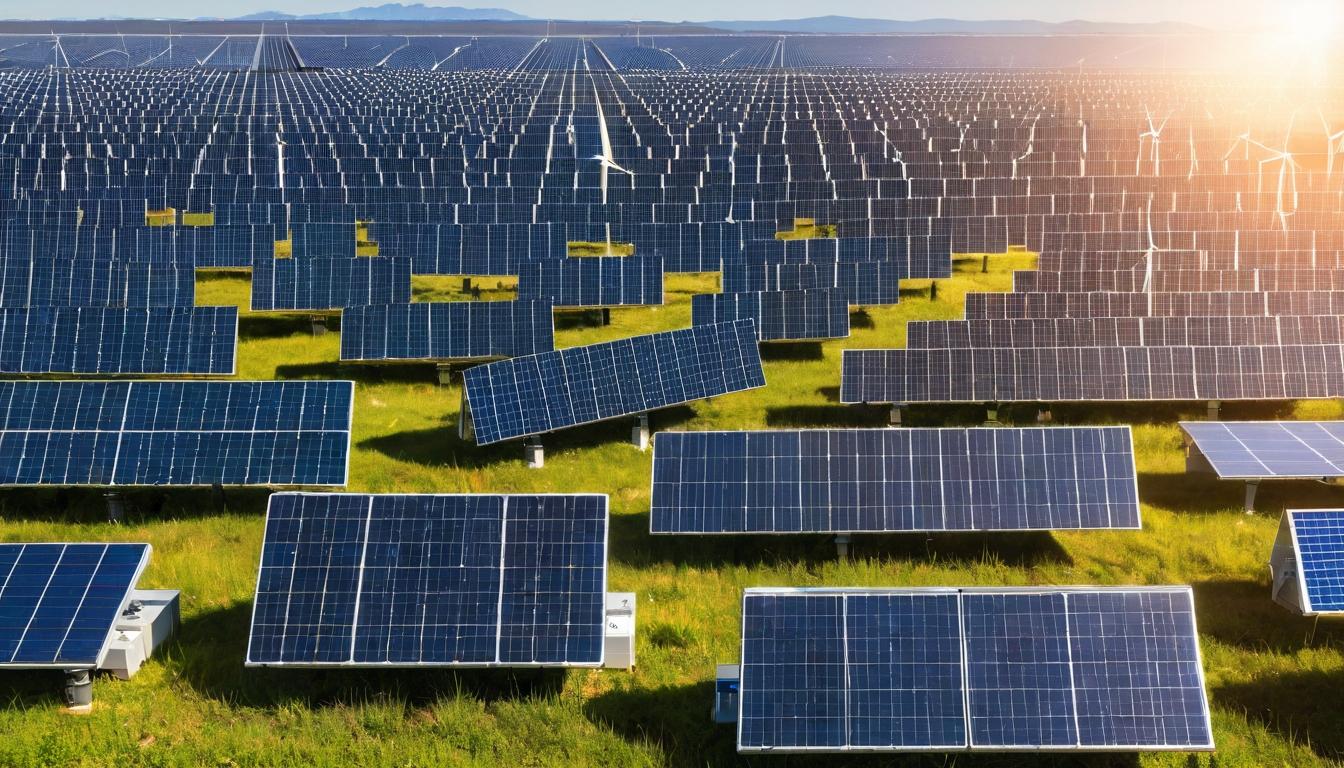While solar panels continue their dramatic price decline, a quieter revolution is unfolding behind the scenes—one that could fundamentally reshape how we think about energy storage and grid management. The real breakthrough isn't happening on rooftops but in laboratories and pilot projects where scientists are reimagining what's possible with solar energy storage.
Across research facilities from California to Germany, new battery chemistries are emerging that promise to solve solar's biggest challenge: what happens when the sun doesn't shine. Lithium-ion batteries, while effective, represent just the beginning. Researchers are now developing flow batteries using organic compounds that could last decades longer than current technologies, while solid-state batteries promise higher energy density and improved safety profiles.
What makes this moment particularly exciting is the convergence of multiple technologies. Artificial intelligence systems are being deployed to predict solar generation patterns with astonishing accuracy, allowing grid operators to optimize energy distribution before clouds even appear on the horizon. These predictive systems analyze weather data, historical generation patterns, and even satellite imagery to create real-time models of solar availability.
Meanwhile, virtual power plants are emerging as the unsung heroes of the renewable transition. By connecting thousands of distributed energy resources—from home batteries to electric vehicles—these digital platforms create flexible, responsive networks that can balance supply and demand without building new fossil fuel plants. The concept turns traditional grid management on its head, treating energy consumption as a resource rather than a constraint.
The financial implications are staggering. As storage costs continue their downward trajectory, the economics of solar-plus-storage are becoming irresistible for utilities and homeowners alike. In some markets, the combination already beats traditional power plants on cost, while providing greater reliability and resilience. This isn't just about clean energy—it's about better, cheaper, more reliable energy.
Community solar projects represent another frontier in the storage revolution. These shared installations allow multiple households to benefit from a single solar array, with smart storage systems ensuring that energy gets to where it's needed most. The model is particularly powerful for renters, low-income households, and those with shaded properties who couldn't previously access solar benefits.
Perhaps most intriguing are the emerging technologies that could make current storage solutions seem primitive. Thermal storage systems that use molten salt or other materials can store solar energy for months rather than hours. Chemical storage approaches convert solar energy into hydrogen or other fuels that can be used whenever needed. These long-duration storage solutions could eventually make seasonal energy storage practical and affordable.
The regulatory landscape is racing to catch up with these technological advances. Forward-thinking utilities are experimenting with new rate structures and compensation models that recognize the value of distributed storage. Some are even exploring blockchain-based systems for peer-to-peer energy trading, creating decentralized energy markets that operate alongside traditional grids.
What's often overlooked in the storage conversation is the environmental footprint of the solutions themselves. Researchers are now developing batteries using abundant, non-toxic materials like salt, sand, and iron. These earth-abundant alternatives could eliminate concerns about resource scarcity and environmental impact while driving costs even lower.
The human dimension of this transformation deserves equal attention. As storage technology advances, it's creating new opportunities for energy independence and community resilience. Microgrids powered by solar and storage are providing reliable electricity in disaster-prone areas, while remote communities are leapfrogging traditional grid infrastructure entirely.
The pace of innovation shows no signs of slowing. Every week brings new announcements about storage breakthroughs—higher efficiencies, longer lifetimes, lower costs. What seemed like science fiction a decade ago is becoming standard practice today. The solar revolution was always inevitable once the economics made sense, but the storage revolution is what will make it truly transformative.
Looking ahead, the integration of solar storage with other clean technologies creates even more exciting possibilities. Electric vehicles that can feed power back to the grid, smart appliances that automatically adjust their consumption based on solar availability, and building systems that optimize energy use in real-time—all these elements are converging to create a energy system that's not just cleaner, but smarter and more responsive.
The ultimate promise of advanced solar storage isn't just about keeping lights on when clouds roll in. It's about creating an energy system that's more democratic, more resilient, and fundamentally better suited to the challenges of the 21st century. The technology exists. The economics are favorable. The only question is how quickly we'll embrace the opportunity.
The hidden revolution transforming solar energy storage and grid integration

